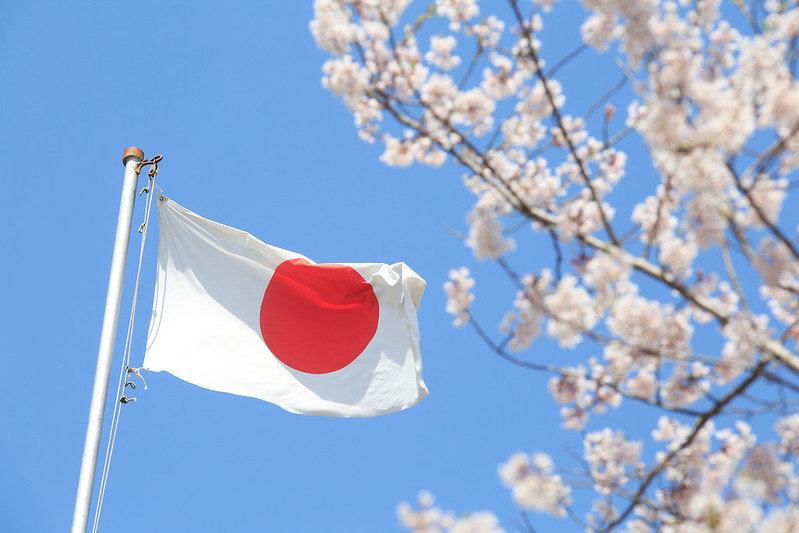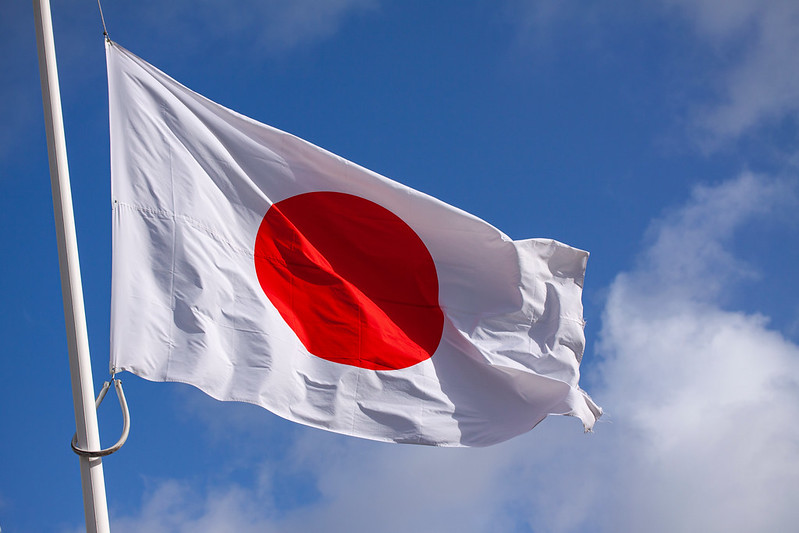
The National Flag of Japan: History and Interesting Facts
Flags play an important part in giving distinction to a country and its people. The colors and graphic designs used in flags are symbolic in some aspects of culture and are nationalistic in their representation. Initially, flags served to assist the military in battlefields, and standards or field signs were used in flags in warfare to enable people to distinguish friend from foe. Flags’ many uses have evolved throughout the course of history and nowadays, they are regarded as national symbols that are particularly inspirational and give people a sense of pride for their own country.
The national flag of Japan, more commonly known as Hinomaru (日の丸, “circle of the sun”), was promulgated on the 13th of August, 1999 after the signing of the Act on National Flag and National Anthem. Two previous proclamations were made for a provision for a design of the national flag during the Meiji Era. A sun-disc flag was adopted for Japanese merchant ships as well as the national flag used by the Japanese navy. The earliest records of the Japanese flag representing a sun can be traced back to Emperor Mommu in 701, and the oldest existing flag of Japan is preserved at Unpō-ji temple in Kōshū, Yamanashi. It is pre-16th century.
The exact origin of the Hinomaru is unknown but it seems to have some symbolic meaning since the 7th century. Japan is often referred to as “the land of the rising sun.” One particular legend relates the Japanese flag to the Buddhist priest Nichiren: during the 13th century Mongolian invasion of Japan, Nichiren gave a sun banner to the shogun to carry into battle. The Imperial throne is also said to have descended from the sun. Story has it that the Emperor of Japan is a descendant of the goddess Amaterasu who descended from the sun herself.
The red symbol (sun-disc or rising sun) on the Japanese flag became major symbols in the emerging Japanese empire during the Meiji Restoration. The Japanese decreed that citizens were required to display the Japanese flag during national holidays and other such occasions. Some interesting facts about the Japanese flag: the dimensions of the Japanese national flag are extremely specific. The length and height must be at a ratio of 3 to 2, and the red circle must be centered exactly and 3/5 the width of the flag. Also, the flag of Japan isn’t white and red; it is actually white and crimson.

